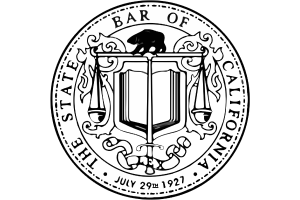In 1987, California passed the Street Terrorism Enforcement and Prevention Act (STEP Act). The California legislature’s goal was to address the increasing criminal activities by street gangs and through the STEP Act it imposed a three-year sentencing enhancement for gang related crimes. Proponents of the law claimed that it would be applied narrowly and only…
Continue reading ›Immediate Response!











